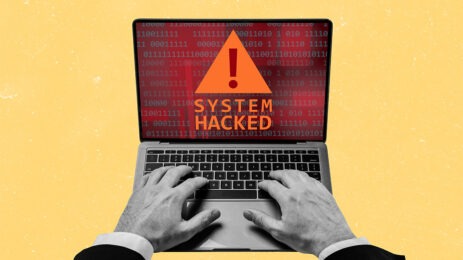With armies of employees and businesses transitioning quickly to a remote workforce due to coronavirus containment measures, data protection and management has become an increasing priority for meeting professionals. Cyber-attacks were among the TOP 5 risks to global stability in 2019, with over 2,012 confirmed data breaches just last year. In the app age, meeting professionals manage an abundance of data that is vulnerable to cybertheft, a costly crime that has become regular headline news.
Smart Meetings consulted Douglas Williams, president and CEO of Williams Data Management, for tips on the best practices to protect your company and attendees—including shielding virtual guests from emerging “Zoombombing” attacks.
1. Comply with GDPR
The bigger the event, the more challenging it is to protect the data. The security of information for businesses and planners must be a top concern.
Quiz: Is Your Business CCPA Ready?
“With the recent adoption by the European Union of GDPR regulations and new privacy laws such as CCPA in California, the rules on gathering and use of data have become stricter. In addition to the loss of reputation and business that can befall a company due to a misuse of data, the penalties and fines have real consequences attached to them,” Williams said.
2. Track Data Lifecyles
“Planners and businesses should have a firm grasp on what data is collected and where it is being stored,” Williams said. “Due to today’s workforce transitioning to a more mobile and remote landscape and attacks and risks evolving, encrypting that data is a must across all devices. Creating policies surrounding the collection, access and disposition of data and communicating those policies to all employees and planners will help mitigate the risk of a data breach occurring.”
3. Make Security Everyone’s Job
Any storage place that is unsecured is an opportunity for the wrong people to access data. Williams stressed the importance of securing information and only allowing approved stakeholders to be granted access.
“The threats surrounding cybersecurity are changing and the technology surrounding protection is being forced to adapt,” said Williams. “Planners and businesses are facing the reality that a solution to data protection no longer resides in one department, but rather has become the responsibility of an entire organization.”
4. Be Zoom-safe
Use of the video conferencing app Zoom has increased exponentially over the past few weeks. With many working from home, it has become the go-to hallway conversation portal. However, with all good things, there are also downsides. The term ‘Zoombombing’ has been coined to describe people jumping in public video conference calls or webinars to showcase inappropriate videos or simply gain access to information.
Zoom spokespeople have advised users to change their privacy settings and limit sharing screens to only the meeting hosts. For private meetings, password protections are encouraged. Disabling videos and disabling private chats can help.




